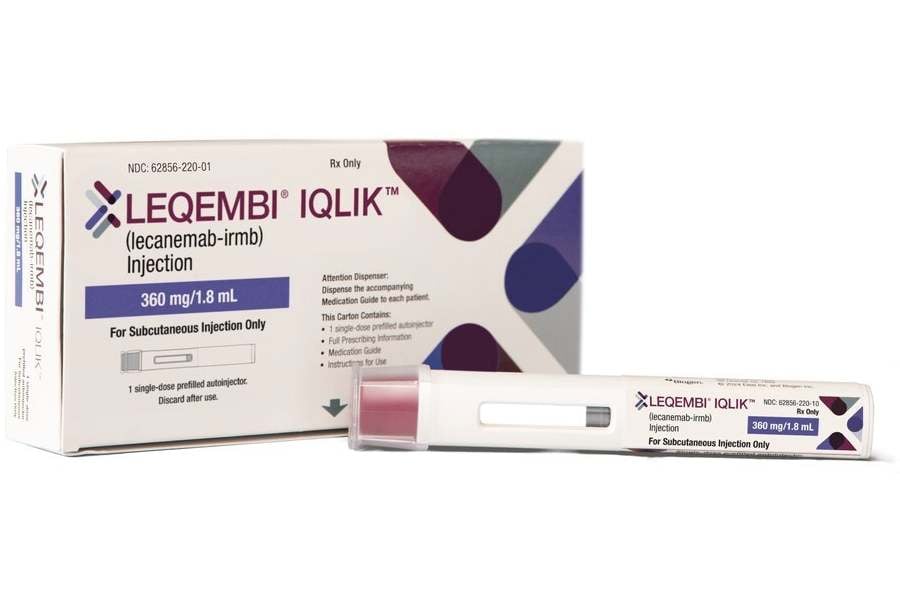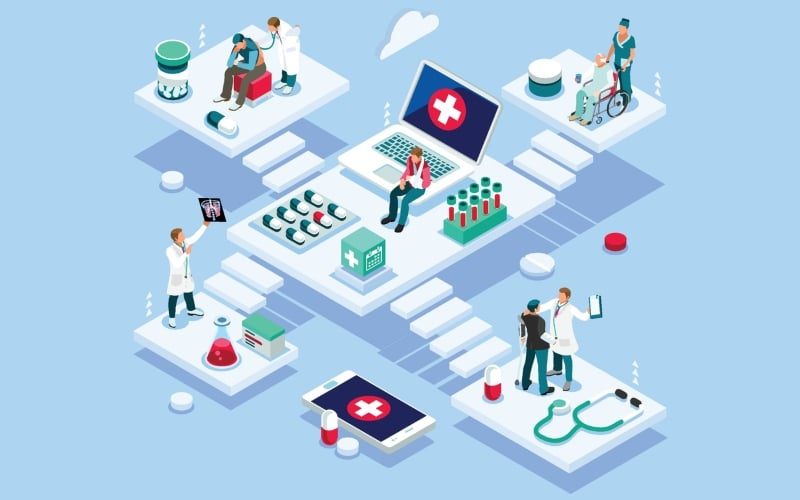New York City recently announced involuntarily hospitalization for those living with mental illness, taking away a fraction of the homeless for treatment. The policy is an addition to its harm reduction program, the safe injection sites as well as ThriveNYC for mental health awareness.
Hospitalization for the mentally ill is great, but costs, duration and treatment capacity may determine how the policy succeeds. For NYC, exploring new angles of care without the necessity of hospitalization could change what the future becomes for mental health, illness, homelessness and substance use disorder.
Mental Illness
Delusion is not a cell or molecule, but delusion is an experience. Cells and molecules are in the brain, so are experiential quantities and properties [conceptually]. Cells and molecules build or construct what becomes of experience but no one experiences cells or molecules.
There are stages for the functions of the brain: the building blocks and the building. Delusion can be eased by medications [inducing or inhibiting some molecule] but it results in diverging experiences or side-effects. This means that molecules are involved in different builds [or experiences], so increase or decrease of one, is a loss for others [side effects].
What is important is to understand how experiences work in the brain, directly, not the proportioning of cellular and molecular pathways in neuroscience, for experiences.
Experiences are destinations or rooms, where arrival and habitation make determination. There has to be a visit to the location or locations of delusion to experience it. Delusions are possible without a mental illness. They are also possible in a mental illness. The frequency, degrees and situations may differentiate between health and illness, but they are destinations [of experiences] in the brain.
This is important because what humans use to interact with the world are experiences, not cells and molecules. So, the mechanisms or pathways of experiences are the key to addressing and approaching mental health, illness and addictions, with or without hospitalization.
Delusion, hallucination, depression, anxiety, panic, cravings, prompting, intoxication, hurt, stress, anger, fear, pain, sleepiness, sleeplessness and so forth, are all destinations in the brain.
Sleepiness [even with its molecules, melatonin and adenosine secreted] can be displaced when an engaging experience [work, video, argument, curiosity, and so on] is involved. Sleepiness, as a place in the brain, can be experienced with a song, a certain light, temperature or rest from activity happens, without the exact molecular buildup that usually occurs at night. Fatigue, heaviness, happiness, lightness or energy after sleep [good, brief or lengthy] is also possible, depending on destination reached for those experiences in that moment.
This is the same with other experiences where the destination makes determination not just the molecule. Dopamine is the molecule for reward or pleasure, but the high is the experience not dopamine. There can also be high or delight by other experiences without the usual dopamine rush. There can also be dopamine rush, but the experience in the face of certain situations may override the high or delight.
Experiences can be summarized as destinations, where something gets to bring it to bear, vetoing whatever strength cells or molecules wield for that action.
How does experience relay in the brain? If this is known and shown, how does it change care for mental health, illness and substance abuse in New York City and elsewhere, becoming effective for care, but reducing costs and ensuring sustainability?
Brain Science
It is established that all sensory inputs come into the brain and land at two major hubs, the thalamus for most senses and the olfactory bulb for smell. It is where they are processed or integrated before relay to the cerebral cortex for interpretation.
This means that senses are collected at hubs in the brain, for processing or integration from their differentiated states into an integrated form that can be used or interpreted in the cerebral cortex.
Conceptual Framework
It can be theorized that sensory processing or integration is into a uniform quantity or identity, which is thought or a form of thought. It is what senses become to the brain, and it is with thought that things are experienced. The thought of a physical reaction can make it experienced.
Sensing anything gets converted to thought, which becomes what that thing is to the brain to transport elsewhere to acquire properties that can be used to relate with that thing in the external. This, conceptually, is how the brain generates the mind.
Interpretation in the cerebral cortex is theorized to be into knowing, feeling and reaction. Knowing is memory leading the rest, but the set are properties. All memory, feelings, emotions and reactions are properties.
It is with quantity [thought or its form] and properties [knowing, feeling and reaction] that things are experienced, whether internally or externally generated.
This means that thought is a quantity, it goes to destinations to acquire properties. Whatever is acquired, to the degree it is, in that moment becomes how that thing is experienced. Whatever is remembered is a property acquired. Whatever is felt is a property acquired. Whatever is reacted to is a property acquired. If it is not acquired, in that moment, then it is not experienced. This is how the brain decides mental health and illness, from moment to moment, for people, automatically or by control.
Delusion, hallucination, preoccupation, anticipation, intoxication, binge, withdrawal, negative affect, violence, agitation, impulsiveness, compulsion, hostility, depression, confusion, seduction, low mood, irritability, lack of enjoyment of life, grief, pleasure, gratification, need to be liked and accepted by all and deception are all properties in the brain.
Also, when anxiety affects the genitourinary system, the cardiovascular system, the pulmonary system, the gastrointestinal system and the nervous system, they are all also properties shifts in the brain, where the pre-prioritized quantities that visits the repetitive properties of those organ/systems, or functions in the brain, get disrupted, leading to highs or lows of their functions [conceptually].
Display
Displaying the relays of quantities to property locations for how experiences work, to what degree, sequence, split, prioritization, pre-prioritization holds the key to understanding what goes on in the mind, which is a key to care for serious mental illness and general mental health problems.
This is how New York City can save costs on the new policy, while ensuring that the affected, their loved ones can see the architecture of mind for experiential occurrences per moment, growing control against automatic determinations that drive the mind to mental illnesses.
—
iStock image
The post Brain Science, Psychiatry—NYC, Mental Illness, Hospitalization | Substance Abuse appeared first on The Good Men Project.
Original Article










